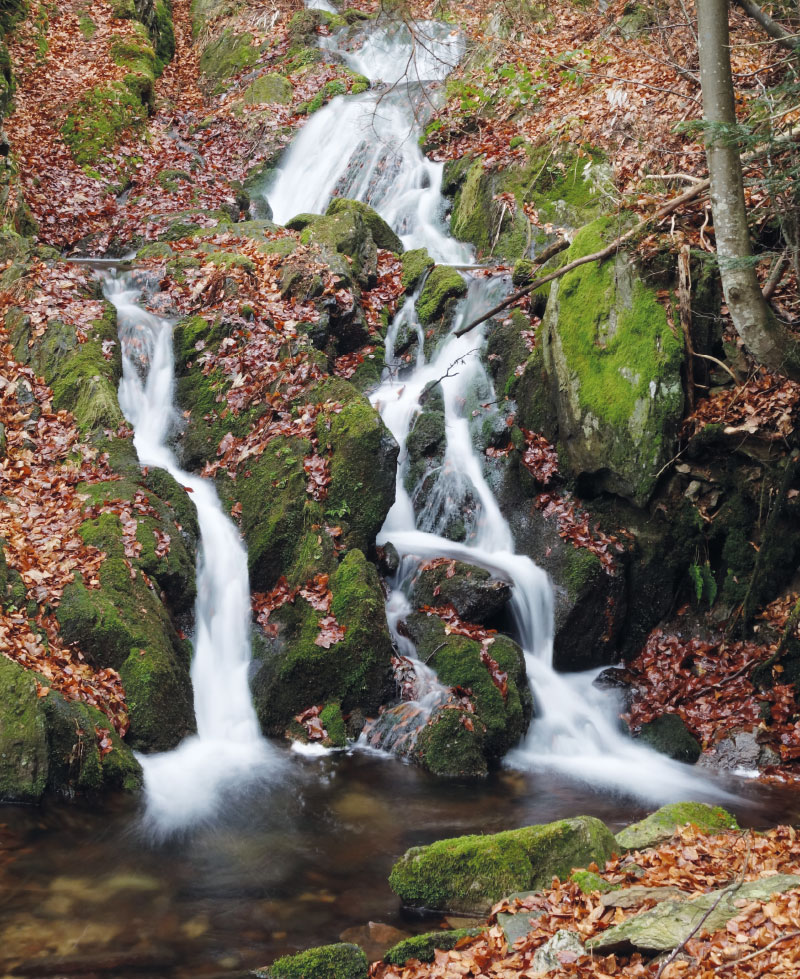Study of stream morphological changes and its application in the design of environmentally acceptable channels
Climatic change is manifested in a number of places by significantly spatially localized torrential rainfall with a short duration, but with great inten-sity. One of the expected consequences of this type of precipitation is the occurrence of flash floods, characterized by a sharp rise from the value of the normal flow to the value of the peak flow and a rapid decrease again. The consequence of this type of short episodic floods is the initiation of morphological transformations in the beds of smaller and medium upland streams, often with devastating effects for the section of the watercourse channel. The article summarizes research on the formation and development of a scour hole in the section at the transition from a lined riverbed with fixed bed and banks to the riverbed with loose channel boundry which can be transformed morphologically in an uncontrolled manner. In this re-search, the main attention was paid to the formulation of a parametric model of the scour hole morphological development at the transition between a lined and an unlined channel. The results of this model can be used both to understand the hydraulic-morphological processes that occur at the site of a sudden river bed change, and for the practical design of restoration modifications to the river bed at the transition from a fully lined to an un-lined river bed without any protective measures, approaching the original pristine conditions.
„Water Centre“
The research project of the Technology Agency of the Czech Republic SS02030027 „Water systems and water management in the Czech Republic in conditions of climate change“, whose guarantor is the Ministry of the Environment, tries to answer the question of whether we will continue to have enough quality water. Climate change and the associated drought, as well as human behaviour and demands threaten water, and solutions must be sought for the immediate future.

